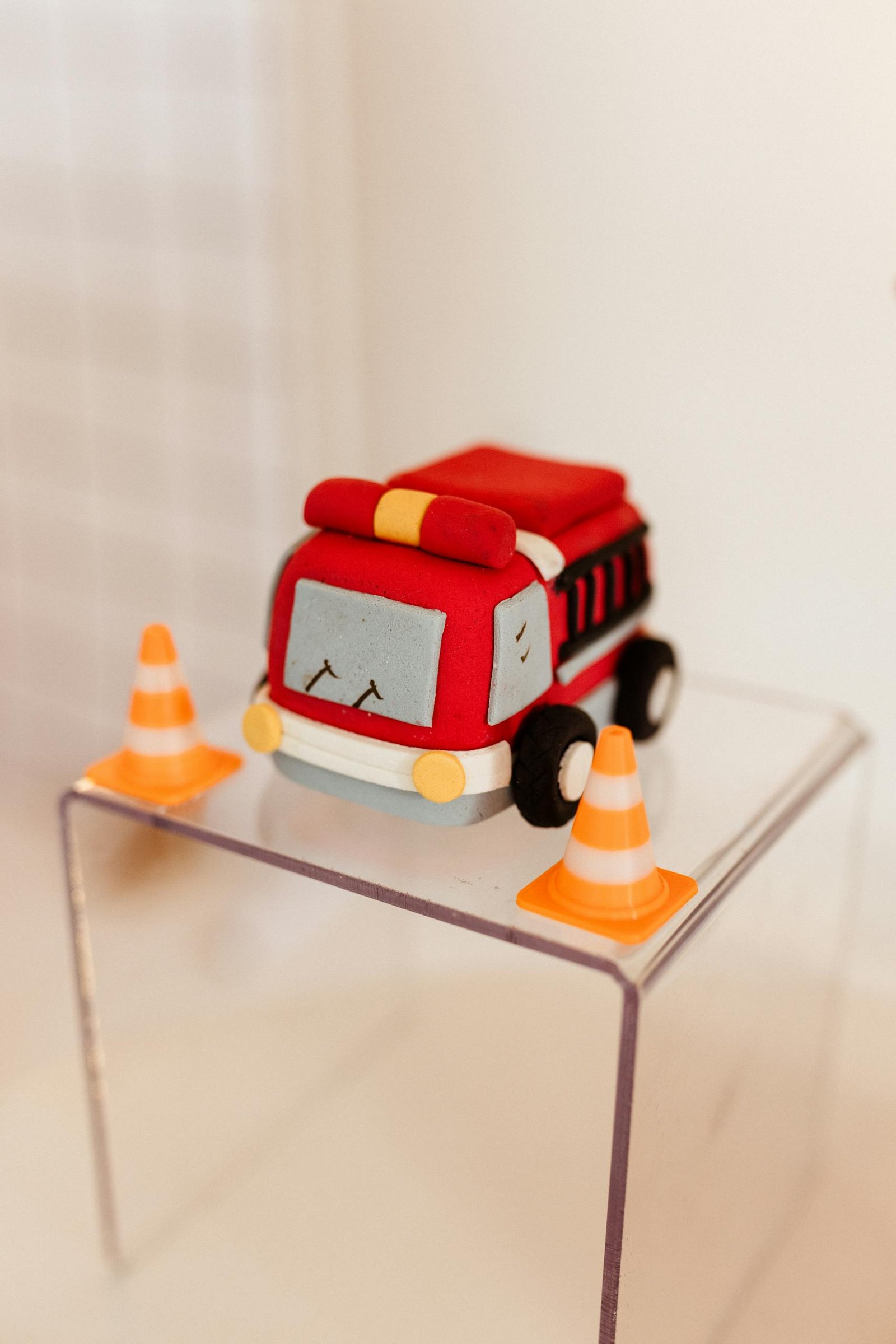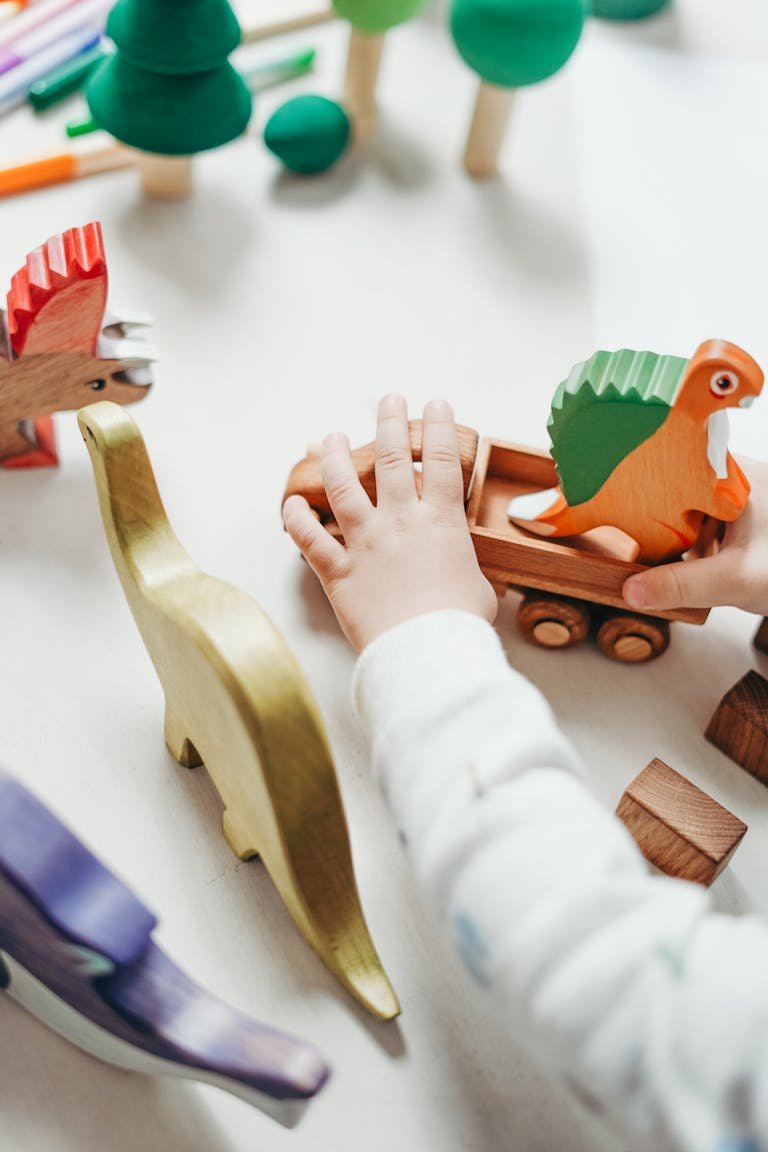Toy Safety 101: What Parents Need to Know
Toy Safety 101: What Parents Need to Know
When buying toys, most parents think about fun, price, and maybe durability. But the most important factor is safety. Every year, thousands of children are injured by toys that break, contain toxic materials, or aren’t age-appropriate. This guide explains the key safety standards, certifications, and tips parents need to know so you can shop with confidence.
Why Toy Safety Matters
According to the U.S. Consumer Product Safety Commission (CPSC), toy-related injuries send over 200,000 children to emergency rooms each year. Most incidents involve choking hazards, sharp parts, or exposure to unsafe chemicals. The good news? With the right knowledge, most accidents can be prevented.
Common Toy Hazards to Watch For
- Choking Hazards – Small detachable parts can be dangerous for children under 3.
- Sharp Edges & Breakable Parts – Low-quality toys can splinter or snap into sharp pieces.
- Toxic Materials – Plastics may contain BPA or phthalates, while paints may contain lead if not regulated.
- Magnets & Batteries – Swallowing button batteries or strong magnets can cause severe internal injuries.
- Strangulation Risks – Long cords, strings, or pull toys may be unsafe for younger children.
Toy Safety Certifications and Standards
When shopping, look for these certifications on packaging and product descriptions:
- CPSC (Consumer Product Safety Commission) – Regulates toy safety in the U.S. and issues recalls.
- ASTM International (ASTM F963) – A worldwide standard ensuring toys are tested for mechanical and chemical safety.
- FSC Certification – For wooden toys, guarantees the wood comes from responsibly managed forests.
- CE Marking – Indicates compliance with European Union toy safety regulations.
- EN71 Standard – EU safety standards for chemical and mechanical safety.
Tip: Always buy from trusted retailers and check for recent recall notices on the CPSC website.
How to Choose Safe Toys by Age
- Babies (0–12 months): Large, lightweight toys without small parts. Avoid magnets, batteries, and strings.
- Toddlers (1–3 years): Sturdy toys made from non-toxic materials. Blocks, stackers, and push toys are great options.
- Preschoolers (3–5 years): Pretend play toys, puzzles, and art supplies should be labeled non-toxic and washable.
- Elementary Kids (6+): Check safety for science kits, robotics sets, and toys with electrical parts. Always supervise experiments.
Non-Toxic Materials to Look For
- BPA-Free Plastics – Safer alternatives for bottles, rattles, and plastic toys.
- Water-Based Paints – Common in wooden toys, safe if mouthed or chewed.
- Organic Cotton & Natural Fabrics – Used in plush toys and dolls, better for sensitive skin.
- Solid Wood (not MDF/plywood) – Avoids glue-based toxins.
Safe Toy Brands Parents Trust
| Brand | Specialty | Certifications | Price Range |
|---|---|---|---|
| Melissa & Doug | Wooden toys, pretend play | ASTM, CPSC compliant | $10–$100 |
| Lovevery | Montessori-inspired play kits | FSC wood, non-toxic, ASTM | Subscription / $30+ |
| Green Toys | Recycled plastic toys | BPA-free, phthalate-free, CPSC | $10–$40 |
| Hape | Eco-friendly wooden toys | FSC, ASTM, EN71 | $15–$120 |
| Fat Brain Toys | STEM & sensory play | ASTM, CPSC compliant | $15–$100 |
These brands consistently score well for durability, safety, and developmental value.
Recent Toy Recalls (2025)
Staying updated on toy recalls can save you from dangerous purchases. Here are a few notable recalls this year:
- XYZ Plush Animals – Recalled due to detachable eyes posing a choking hazard.
- ABC Magnetic Building Set – High-powered magnets posed ingestion risks.
- 123 Battery-Operated Toy Car – Overheating issue leading to fire risk.
Check the official CPSC Toy Recall List for the most current updates.
Tips for Toy Safety at Home
- Regularly inspect toys for damage, loose parts, or sharp edges.
- Rotate toys to prevent wear and overuse.
- Teach older siblings to keep their small toys away from babies and toddlers.
- Store toys in bins or baskets to reduce tripping hazards.
- Register new toys online with the manufacturer to get notified of recalls.
FAQs About Toy Safety (With Real-Life Scenarios)
Q: How do I know if a toy is recalled?
Check the CPSC recall list or sign up for email alerts. For example, in 2024, a popular toy car was recalled for overheating. Parents who had registered their purchase got instant alerts.
Q: Are wooden toys safer than plastic?
Yes, when painted with non-toxic finishes. A parent once reported their toddler chewing on painted wooden blocks — because the paint was water-based and non-toxic, it posed no risk.
Q: Can secondhand toys be dangerous?
Yes. Older toys may not meet current safety standards. A 2019 report found some vintage toys still contained lead paint — something banned in modern toys. Always inspect carefully.
Q: Do STEM and electronic toys pose extra risks?
They can if they use batteries or small magnetic parts. One parent discovered a loose button battery in a robot toy — had they not checked, it could have been swallowed.
Safety First, Fun Always
Toys are meant to spark joy, but safety should never be overlooked. By learning what certifications to look for, understanding common hazards, and checking recalls regularly, you can give your child toys that are both safe and fun.
Next Step: Check out our [Top Non-Toxic Toy Recommendations for 2025] (link to your affiliate roundup) for safe, parent-approved picks.


